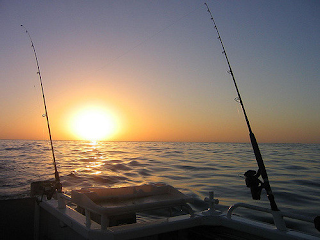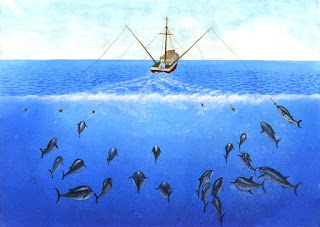It' Beginning to look a lot like Fishmas 2019 2020

It' Beginning to look a lot like Fishmas 2019, 2020 It’s that time of year: Fishmas Day 2019 is approaching. Trout anglers have circled Saturday, April 27, 2019, on their calendars as the statewide general trout opener. The Eastern Sierra will be the most coveted destination, so expect High-way 395 to see lots of traffic bound for various lakes, rivers, and creeks. “The bona fide trout fishing season is the last Saturday in April through November 15 every year,” says Jeff Simpson of the Mono County Economic Development, Tourism and Film Commission. “This is when most waters in Mono County are open to anglers to fish for as many as five trout to catch and keep per day.” LOTS OF FISH In addition to plenty of wild and holdover trout from previous seasons, Mono County fisheries will be receiving plenty of trout plants –including private stockings of trophy-size fish – as anticipation grows for opening day. “We plan on stocking all the major front country





